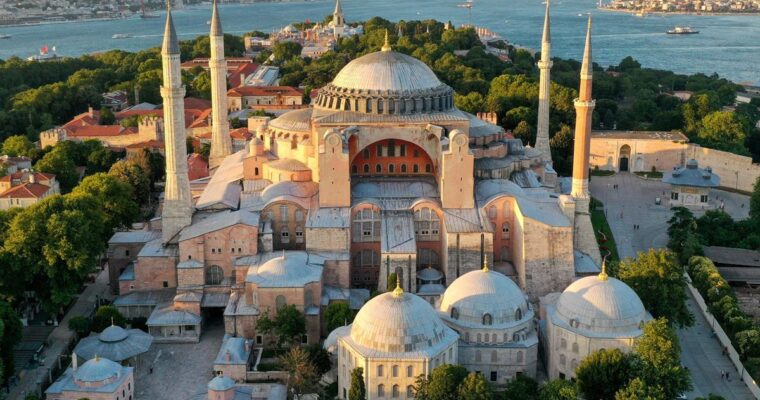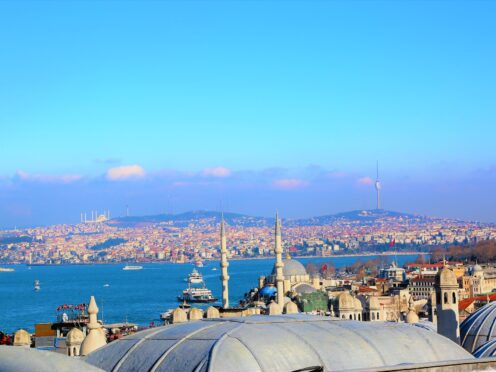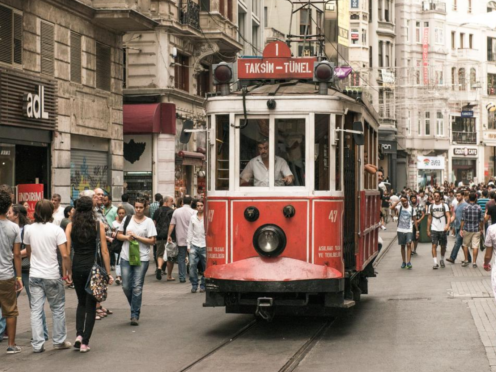Welcome to the Hagia Sophia: A Comprehensive Guide for Tourists
Located in the heart of Istanbul, the Hagia Sophia is a must-visit destination for any tourist exploring the rich history and culture of Turkey. Originally built as a Christian cathedral in the 6th century, the Hagia Sophia has served as a mosque and now operates as a museum, showcasing the diverse and fascinating history of this iconic landmark.
As you enter the Hagia Sophia, you will be immediately struck by the grandeur and beauty of its architecture. The massive dome, intricate mosaics, and stunning marble columns will transport you back in time to the Byzantine era, when this structure was considered one of the wonders of the world.
One of the highlights of a visit to the Hagia Sophia is the chance to see the stunning mosaics that adorn its walls and ceilings. These intricate designs depict scenes from the life of Jesus, as well as various saints and emperors. The mosaics are a true testament to the skill and artistry of the Byzantine craftsmen who created them.
Another must-see feature of the Hagia Sophia is the mihrab, a beautifully decorated niche that points towards Mecca and is used in Islamic prayer. This symbol of the building's time as a mosque serves as a reminder of the Hagia Sophia's rich and complex history.
Don't forget to take some time to explore the Hagia Sophia's expansive grounds, which include a beautiful courtyard and stunning views of the city. And be sure to visit the museum's gift shop, where you can purchase souvenirs and mementos to remember your visit by.
Overall, a visit to the Hagia Sophia is a truly unforgettable experience that will leave you with a deeper appreciation for the history and culture of Istanbul. So be sure to add this iconic landmark to your itinerary and prepare to be amazed by its beauty and significance.


